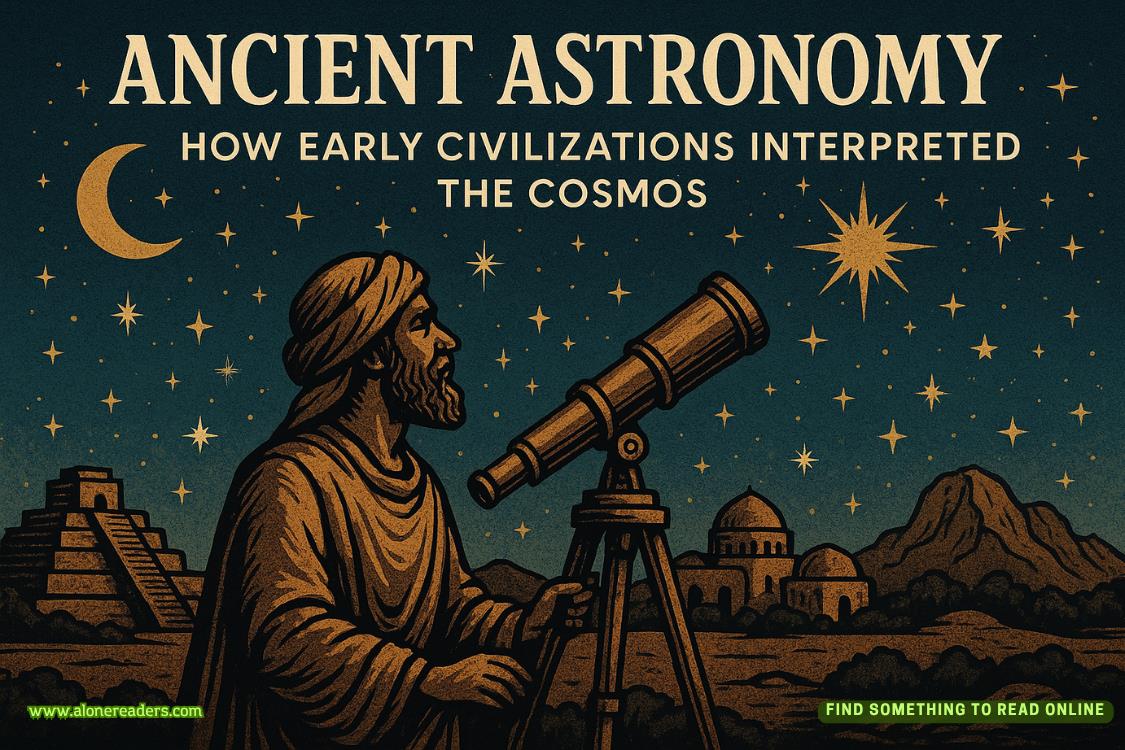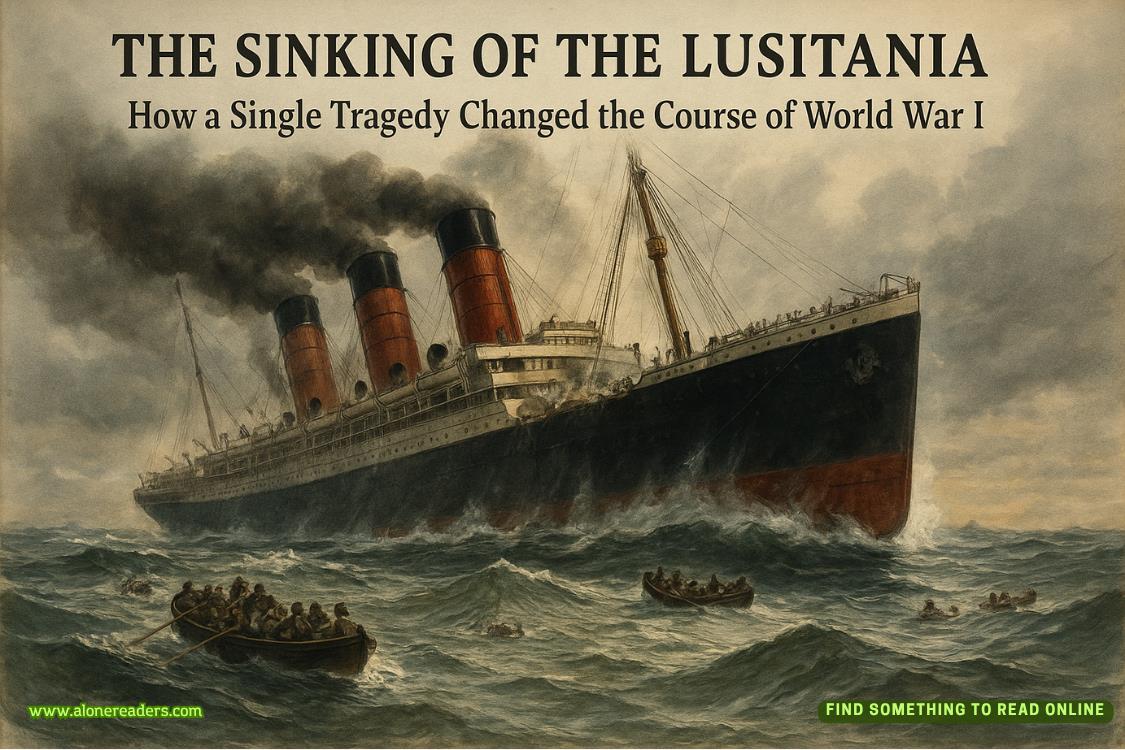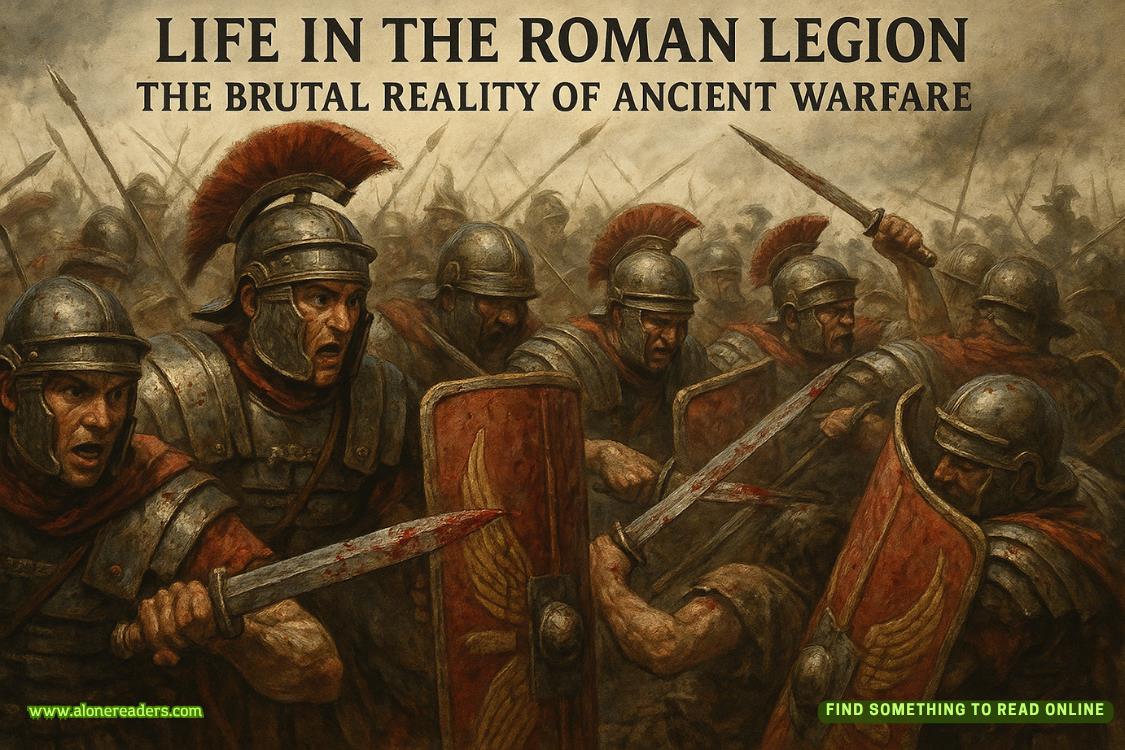Page 36 of Gone Before Goodbye
“According to Decker’s article, the forger Yves Chaudron took his massive share for the crime, changed his name, and vanished into the French countryside, where he lived out his days in quiet luxury.”
“Okay,” she says.
Oleg gestures toward the paintings with his chin. “One of these threeMona Lisas was found in a château near Chamonix. According to what I learned, a sketchy French art restorer named Philippe Canet hung it over his fireplace for years. When Canet died, his daughter took it down, finding it tacky to be hanging up what she thought was just a normal reproduction of the old masterpiece. She sold it to my dealer. But you see, in 1913, when theMona Lisawas returned to the Louvre, the science behind authentication was far more primitive, especially in terms of the aging process. Now we have pigment analysis, X-ray fluorescence, Raman spectroscopy, ultraviolet lights, chemical analysis, carbon dating, all that. I was able to test all three of theseMona Lisas. Two of them, as I mentioned before, date back to the early twentieth century, which fits Decker’s time period for when the forgeries were being created.”
He takes a step closer to the wall.
“But one of the three, theMona Lisahung above art restorer Philippe Canet’s fireplace, dates back to the early sixteenth century—the time that Leonardo da Vinci painted theMona Lisa.”
He turns and looks back for Maggie’s reaction. She tries to keep her expression neutral.
“So what’s the most likely theory on what really happened? Vincenzo Peruggia stole theMona Lisa. How he did it has been well documented. He brought the stolen masterpiece, per Valfierno’s plan, toYves Chaudron, so Chaudron could use it to make the best possible forgeries. But instead of giving Peruggia back the original, Chaudron gave him one of his forgeries and kept the original for himself. Who would know? Then he changed his name to Philippe Canet, moved to a humble château outside Chamonix—and hung the originalMona Lisaabove his fireplace, where it remained for the rest of his days.” He grins and shakes his head in awe. “Think about it. How marvelous that must have been for a master forger like Chaudron.” He turns and meets Maggie’s eye. “Every day, Chaudron stared up at the originalMona Lisain his own den while the world clamored and still queues up for hours to glimpse—not a da Vinci but an Yves Chaudron forgery. That, my dear doctor, is magnificent. That, my dear doctor, is immortality.”
Maggie’s eyes move back to the wall. She steps closer, seeing whether her very amateur eye can spot any differences. She doesn’t buy his story, but she also can’t deny that she feels a deep chill being in this otherwise barren room.
Still staring at the wall, with her back to him, Maggie asks, “Which one?”
“Does it matter? You are one of the very few people alive who have seen the realMona Lisa. The rest of the world gawks at a fake. It’s like religion when you think about it: Only one faith can be correct. The rest of the world worships a forgery. You, my dear, now get to be the enlightened.”
Maggie frowns. “So you’re not going to tell me?”
“No, not yet.”
“Why?”
He doesn’t answer. He opens the door and leaves the room. Maggie stares for another moment, meeting the eyes of all threeMona Lisas as though one of them might reveal some inner truth to her. None do. She follows Oleg back into the corridor. The lights go out. The door closes and locks.
Maggie lets loose a long breath.
“Shall we continue?” Oleg asks.
He shows her other valuables on the way—more artwork, a Qianlong vase, a fifteenth-century tapestry, sculptures—but after theMona Lisastory, the other collectibles seem almost passé. Oleg eventually leads her down a long corridor into a glass-enclosed walkway—no need to experience the elements. As they cross through the snow, Maggie notices a large pile of firewood up against the side of the glass. They are now in a see-through tunnel behind the palace. At the end of the tunnel, Oleg opens a door. Maggie senses a cavernous space. He hits a switch on the wall, revealing an enormous garage/showroom loaded with cars. Collectibles, she is sure.
“Look at my baby,” Oleg says, walking serpentinely through the collection. “A 1962 Ferrari 250 GTO, the greatest Ferrari of all time, a grand tourer with a V12 engine, three hundred horsepower. Only thirty-six were ever produced over a two-year span…”
Maggie tunes him out. Men and cars. She has zero interest. She has also had enough with the estate tour. She wants to get to work and start prepping for the surgery. Oleg shows her the key is in the ignition. When he jumps in and says, “We can take it for a quick spin. Just open the sliding doors and we can vroom around the property,” Maggie cuts him off: “You were going to show me the medical facilities, remember?”
Oleg’s hand drops off the ignition key. “Ah yes, I do prattle on, don’t I?”
Maggie chooses not to answer. Oleg slides back out of the car.
“Shall we?”
He exits the vast showroom through the same door where they entered. He takes her back through the glass walkway, past the firewood, and turns left at the foyer when they are back in the main house. When Ragoravich opens another door—she gets this is all to impress, but it’s still difficult not to be floored—there is an Olympic-size indoorpool. Only one person is in the giant pool right now, someone who knows how to swim, slicing through the water with barely a ripple.
“Nadia!” Oleg calls out.
The swimmer—Maggie can only really see the bathing cap and the arms doing a picture-perfect crawl—does not slow down.
“Nadia!”
Still nothing as she glides through the water with a smooth stroke that is almost hypnotic to watch.
“Nadia,” Oleg says to Maggie, “is your other patient.”
“I’ll need to examine her before the surgery. You too.”
Oleg does the head tilt again. “We’ll see.”















